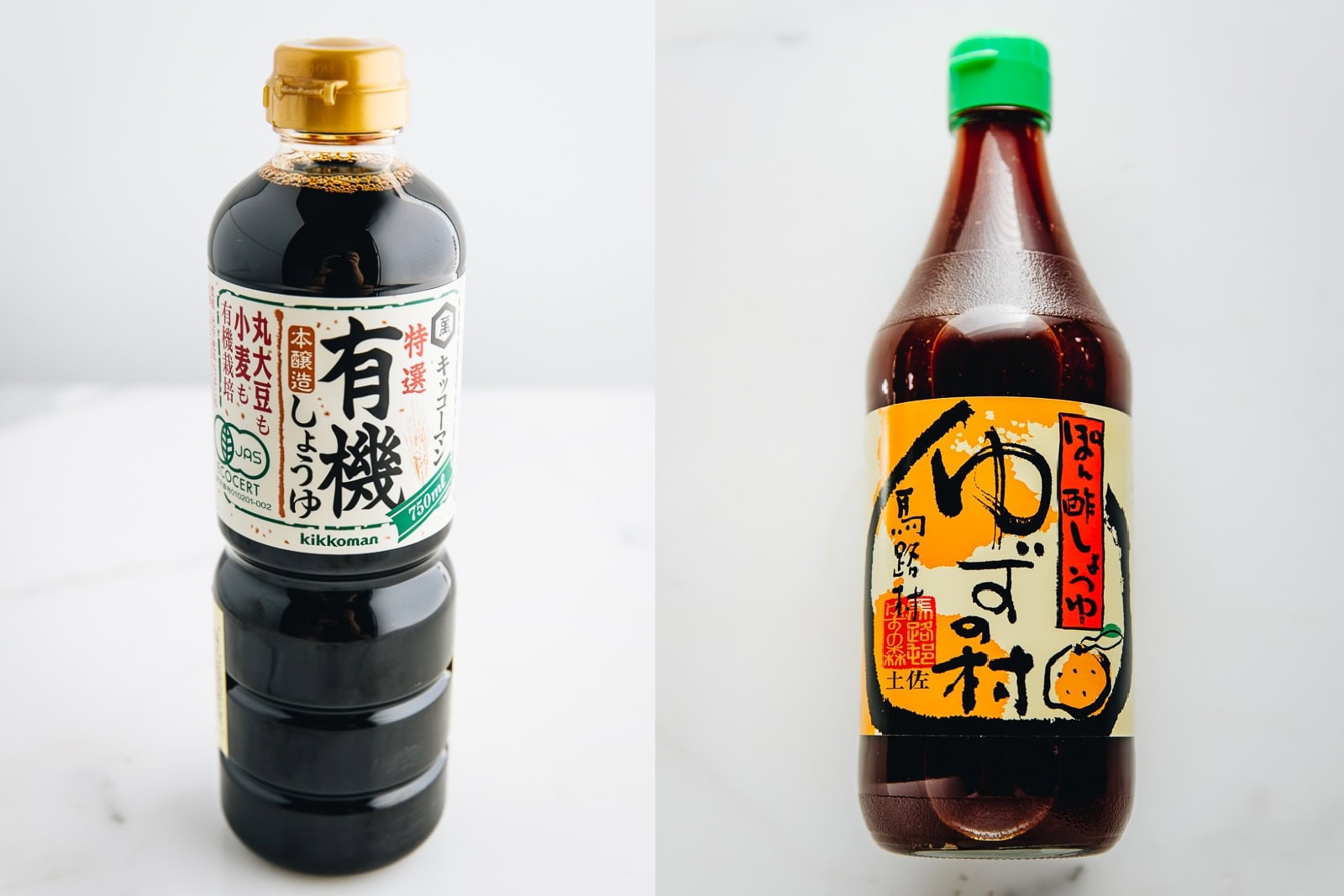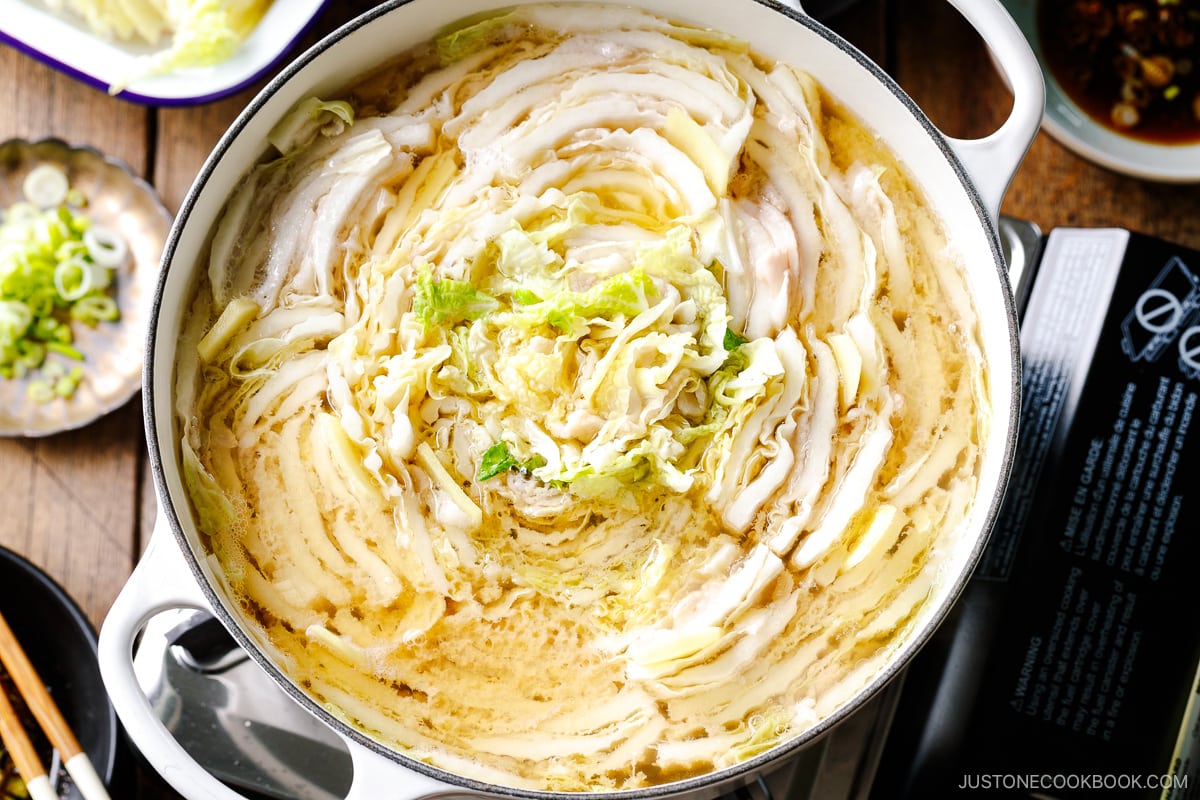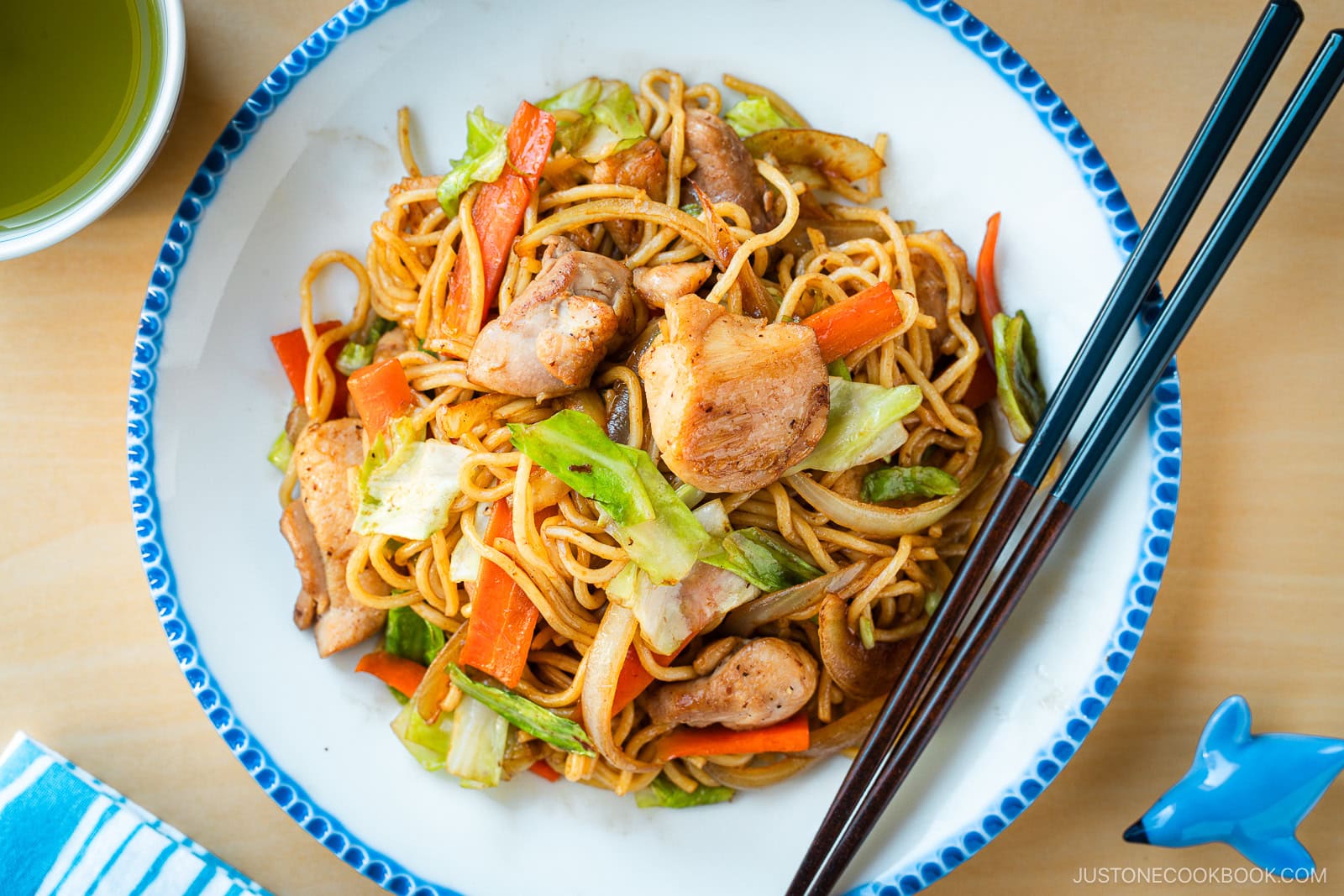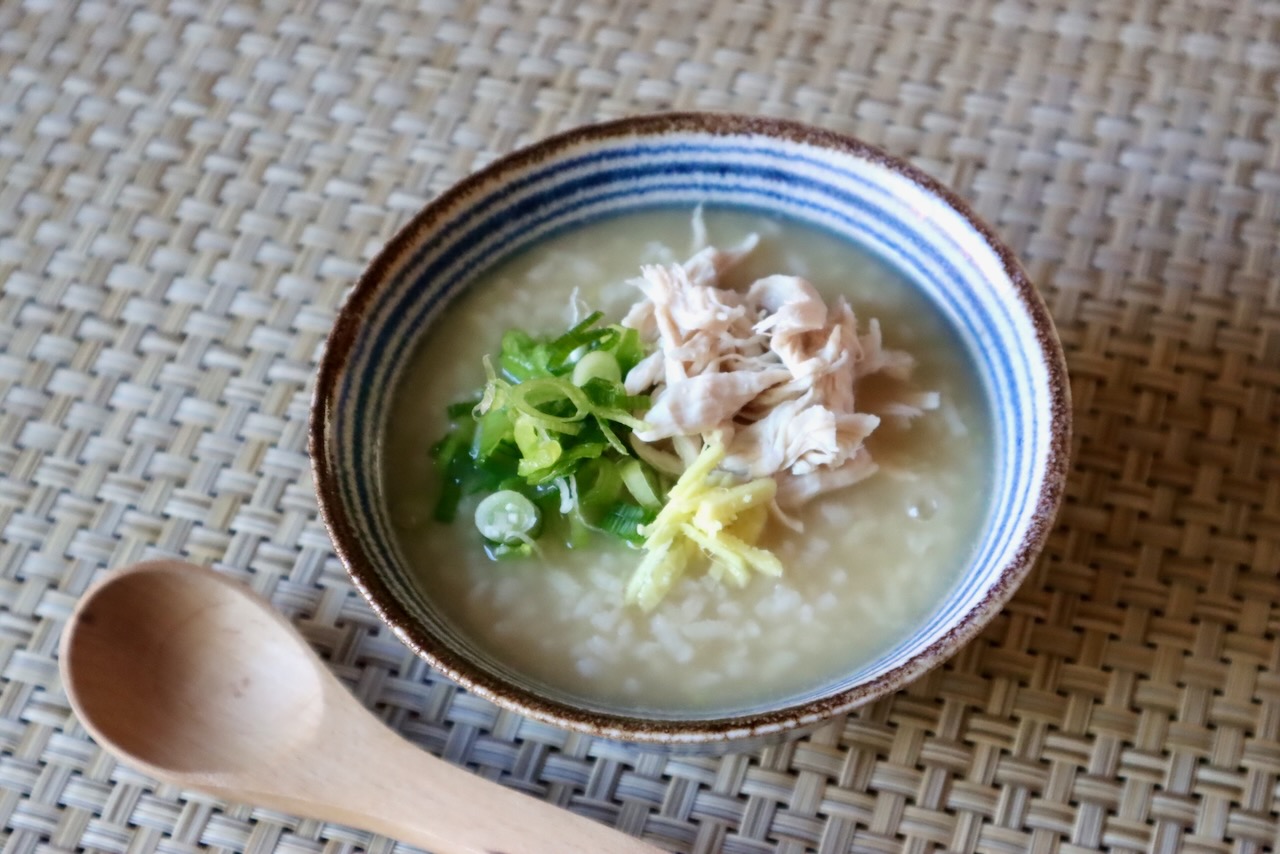Discover the key differences between ponzu and soy sauce, their unique flavors and uses, and how to use them in Japanese cuisine.
Ponzu and soy sauce are essential condiments in Japanese cuisine, each offering unique flavors and uses.
Explore their key differences, distinct taste profiles, and the best ways to incorporate them into Japanese cooking.
If you enjoy making sauces from scratch, consider trying Nami’s Homemade Ponzu Sauce and Yuzu Ponzu recipes!
What is Soy Sauce?
Soy sauce, known as shoyu (醤油) in Japanese, is a fundamental and all-purpose condiment in Japanese cooking. Crafted from fermented soybeans, wheat, water, and salt, it adds depth, umami, and color to dishes without overwhelming them.
Think of soy sauce as essential as salt—it enhances flavors, seasons ingredients, and can be utilized both during cooking and as a condiment at the table. Japanese cuisine simply isn’t complete without it!
Important: Japanese soy sauce differs from other varieties. Learn more on the topic of Japanese Soy Sauce.
What is Ponzu Sauce?
Ponzu, often referred to as Japanese citrus dipping sauce, is a tangy and zesty counterpart to soy sauce, enhanced by the refreshing addition of citrus. Upon tasting, you’ll immediately notice the bright, citrusy sweetness that characterizes the sauce.
Originally, ponzu was crafted using citrus juice (such as yuzu, sudachi, or kabosu) and a hint of rice vinegar, without soy sauce.
Today, ponzu typically refers to ponzu shoyu, a variant created by blending Japanese citrus juices with soy sauce, sugar or mirin, katsuobushi (dried bonito flakes), and kombu.
Thanks to its distinctive citrus flavor, ponzu is frequently used as a finishing sauce, marinade, dipping sauce, or salad dressing, imparting a refreshing kick to a variety of dishes.
Key Differences
Flavor Profile
- Both ponzu and soy sauce contribute umami to dishes, yet their flavors differ in intensity and complexity.
- Soy sauce is characterized by its rich, savory umami, with the initial taste being sharp and salty.
- Ponzu offers a lighter, refreshing taste with a citrusy tang.
Ingredients
- Soy sauce is made from simple ingredients: soybeans, wheat, and salt.
- Ponzu enhances flavor with citrus juice and often includes a touch of vinegar or dashi for added depth.
Heat Resistance
- Soy sauce withstands heat exceptionally well, making it ideal for cooking at any stage.
- Ponzu is less heat-resistant due to its citrus juice base. To maintain its flavor, it’s best to add ponzu at the very end of cooking or serve it over the ingredients without cooking.
When to Use Which
Best Uses for Soy Sauce
In Japanese cuisine, soy sauce serves as the all-purpose MVP, providing the essential umami foundation for flavor. Much like salt, it is incredibly versatile, ideal for marinades, stir-fries, soups, and simmered dishes, where it adds rich umami. It acts as a dipping sauce for sushi, a seasoning for rice dishes, vegetables, and eggs, and a base for savory-sweet glazes for meats and vegetables.
Here are some classic examples of how Nami incorporates soy sauce in her recipes. We do not recommend substituting ponzu for these dishes, as its strong citrus flavor would overwhelm and significantly alter the final taste.
Best Uses for Ponzu
Ponzu excels as a finishing touch or dipping sauce, providing a refreshing burst of citrus.
Its zesty flavor pairs wonderfully with fish, seafood, sashimi, carpaccio, tempura, and dumplings. Additionally, mixing ponzu with sesame oil creates a delightful vinaigrette for salads, grilled meats, fish, and vegetables.
Here are some ways Nami utilizes ponzu:
Can I Substitute One for the Other?
If a recipe calls for soy sauce, it is best to stick with soy sauce, as using ponzu may alter the authentic taste. However, depending on the dish, substituting soy sauce with ponzu can be suitable for recipes like salad dressings—just use your discretion!
Conversely, if you only have soy sauce and a recipe calls for ponzu, you can easily substitute by mixing a splash of citrus juice (lemon, lime, or orange) with soy sauce and rice vinegar.





